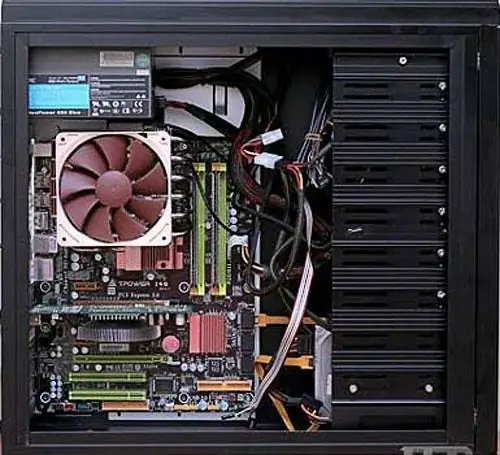A computer is a complex system, a collection of devices. Working together under the control of an operating system, they provide all those capabilities that fit tightly into our daily life.

Instructions
Step 1
The vast majority of computers are built on the principle of open architecture. Each large node responsible for a certain part of the functions (processor, video card, sound card, etc.) can be easily replaced with a more modern one. The only thing you need to know is the generation and family of the device, to ensure compatibility with the rest of the hardware. There are several ways to define hardware, both internal and external.
Step 2
If you want to see the hardware that is already available and in use on your computer, use the "Device Manager". On your desktop, right-click on the "My Computer" icon. In the menu that appears, select "Properties". Next, on the "Hardware" tab, click "Device Manager". After that, a window will open in front of you, where a complete map of the installed computer devices is displayed. By clicking on the plus sign next to the node name, you will get a brief description of the equipment. By clicking on any item with the right mouse button and choosing "Properties", you will find more detailed information about the device.
Step 3
The second option is suitable if the device has not yet been installed and is not detected by the system. Each manufacturer of computer components and peripheral equipment indicates the model on the device itself. Examine the equipment for an alphanumeric identifier. It is usually printed in a larger font than other information. Further, using the Internet and this code, you can easily find out detailed information about the device.
Step 4
On Windows operating systems, the standard "Add New Hardware Wizard" is used to identify hardware. When a new device is connected to the computer, the operating system automatically finds it. After that, it notifies the user about the preparation of new equipment. If necessary, a window for installing drivers will appear, in which you need to specify the path to the drivers.






